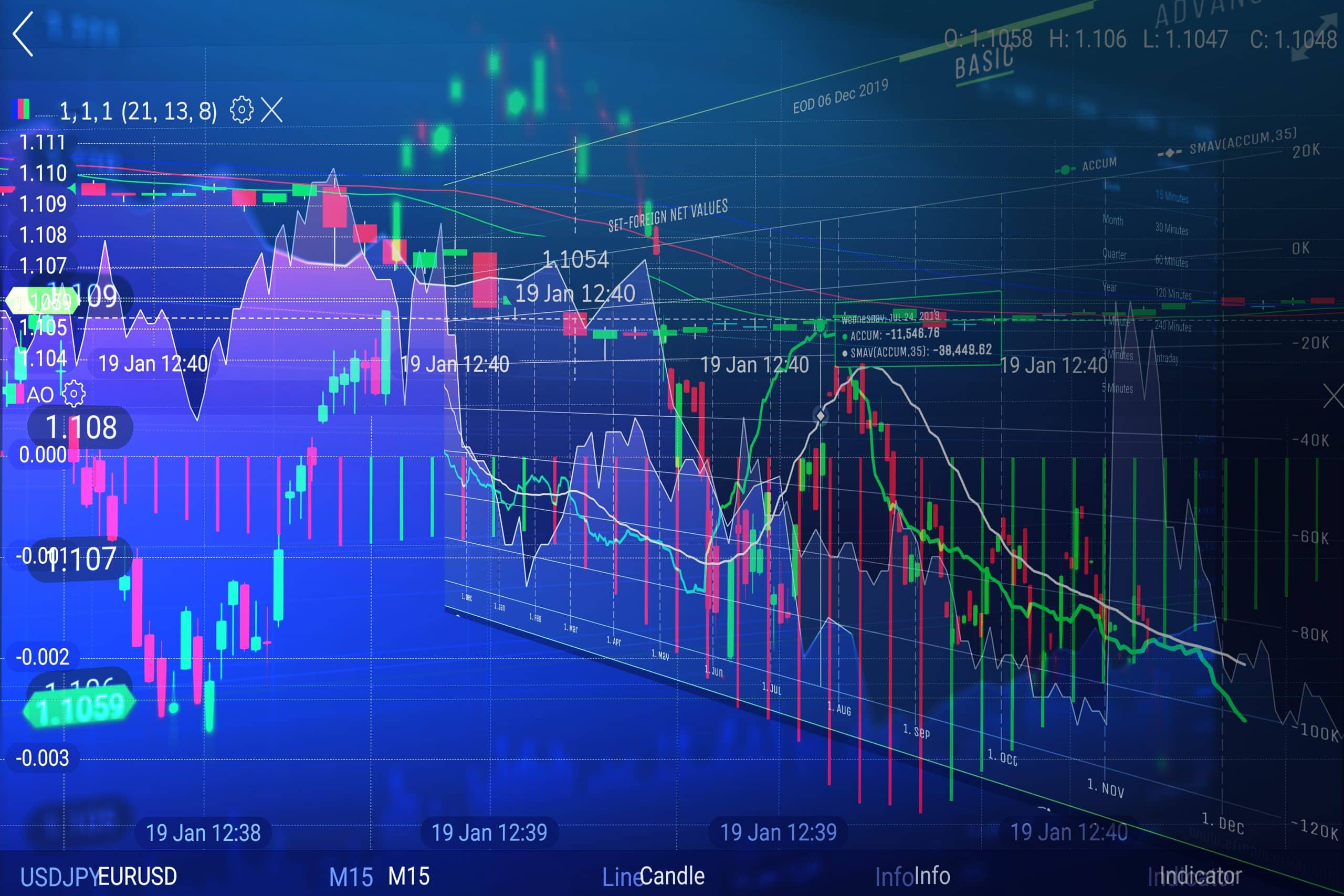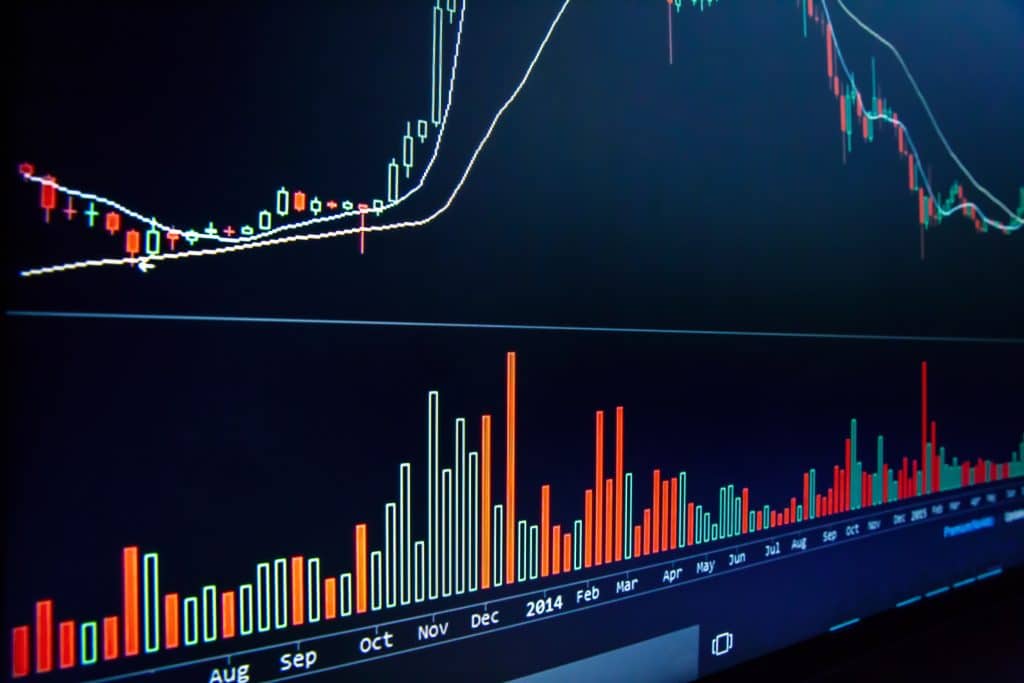The Ultimate Guide to Debit Spreads
The Ultimate Guide to Debit Spreads
Mastering Profitable Options Strategies (2024 Edition)

Introduction
Welcome to the most comprehensive The Ultimate Guide to Debit Spreads you’ll find in 2024! If you’re an options trader aiming to maximize profits while managing risk, you’ve come to the right place. Debit spreads are versatile strategies that can be adapted to various market conditions and risk tolerances.
In this in-depth guide, we’ll dive deep into the mechanics of debit spreads, explore the diverse types available, unveil their advantages, and equip you with the knowledge needed to implement them effectively. Whether you’re a seasoned pro or just starting, this guide will empower you to make informed decisions and elevate your trading game.
Understanding Debit Spreads: A Deep Dive
What Exactly Are Debit Spreads?
A debit spread is an options trading strategy that involves simultaneously buying and selling options contracts of the same type (calls or puts) on the same underlying asset, with the same expiration date, but with different strike prices. Essentially, you’re creating a spread between the prices of the two contracts.
When you buy an option, you pay a premium, and when you sell an option, you receive a premium. Since the strike prices of the options in a debit spread differ, the premiums also differ. In a debit spread, the premium paid for the long option is higher than the premium received for the short option, resulting in a net debit. This net debit is the maximum loss you can incur in the trade.
The Mechanics Behind Debit Spreads
The profit potential of a debit spread is determined by the difference in strike prices between the two options, while the maximum loss is limited to the net debit paid to enter the trade. Debit spreads are profitable when the underlying asset’s price moves in the direction you anticipate, and the spread widens.
The closer the short option’s strike price is to the current price of the underlying asset, the higher the probability of profit but the lower the potential reward. Conversely, the further out the short option’s strike price is, the lower the probability of profit but the higher the potential reward.
Why Choose Debit Spreads Over Other Options Strategies?
- Defined Risk: Unlike buying naked options, debit spreads cap your maximum loss at the net debit paid upfront.
- Lower Capital Requirement: Debit spreads require less capital than buying individual options or stock outright.
- Versatility: Debit spreads can be tailored to various market conditions and risk appetites.
- Directional Flexibility: They can be used to profit from both rising and falling markets.
Types of Debit Spreads: A Comprehensive Overview
Bull Call Spread
Example with Apple (AAPL)
Let’s say you’re bullish on Apple (AAPL) and believe its stock price will rise moderately over the next month. You could buy a call option with a strike price of $180 for $500 and simultaneously sell a call option with a strike price of $190 for $300. Your net debit would be $200 (the maximum loss). If AAPL’s price rises to $195 at expiration, your profit would be $300 ([$195 – $190] x 100 shares – $200 debit).
Bear Put Spread
Example with Tesla (TSLA)
Suppose you’re bearish on Tesla (TSLA) and anticipate a slight decline in its stock price. You might buy a put option with a strike price of $250 for $600 and sell a put option with a strike price of $240 for $400. Your net debit would be $200 (the maximum loss). If TSLA’s price drops to $235 at expiration, your profit would be $300 ([$240 – $235] x 100 shares – $200 debit).
Long Call Calendar Spread (Time Spread)
Example with Amazon (AMZN)
Imagine you expect Amazon (AMZN) to rise slowly over the next few months. You could buy a January 2025 call option with a strike price of $150 for $1,000 and sell a September 2024 call option with the same strike price for $500. Your net debit would be $500. If AMZN stays around $150, the shorter-term option will decay faster, and you’ll profit from the difference in time decay between the two options.
Long Put Calendar Spread (Time Spread)
Example with Google (GOOG)
Let’s say you think Google (GOOG) will decline gradually over time. You could buy a March 2025 put option with a strike price of $120 for $800 and sell an October 2024 put option with the same strike price for $400. Your net debit would be $400. If GOOG’s price remains relatively stable or declines slightly, the shorter-term option will lose value faster, and you’ll profit from the time decay.
Advanced Debit Spread Strategies: Taking Your Trading to the Next Level
The Iron Condor
Example with SPY
Suppose the S&P 500 ETF (SPY) is trading at $450. You believe it will stay within a range of $440-$460 for the next month. You could create an iron condor by:
- Selling a 460 call option for $2
- Buying a 470 call option for $1
- Selling a 440 put option for $2
- Buying a 430 put option for $1
Your net credit would be $200. If SPY stays between $440 and $460 at expiration, you keep the entire credit. If SPY moves outside this range, you start losing money, with your maximum loss at $800 (the difference between the strikes minus the credit received).
The Butterfly Spread
Example with QQQ
Imagine the Nasdaq ETF (QQQ) is trading at $350. You expect limited movement in the near term. You could create a butterfly spread by:
- Buying one QQQ 340 call option for $10
- Selling two QQQ 350 call options for $5 each
- Buying one QQQ 360 call option for $10
Your net debit would be $100. Your maximum profit is achieved if QQQ is at $350 at expiration, and your maximum loss is your debit. The profit potential is limited, but so is the risk.
The Ratio Spread
Example with DIA
Let’s say you’re bullish on the Dow Jones ETF (DIA) but want to limit risk. You could buy one DIA 350 call option for $8 and sell two DIA 360 call options for $4 each. This is a 1:2 ratio spread.
Your net debit would be $0 (the premiums offset). Your maximum profit is unlimited if DIA rises significantly, but your maximum loss is $1,000 (the difference between the strike prices times 100 shares). The profit potential is higher than a standard bull call spread, but so is the potential loss.
Risk Management and Debit Spreads: Protecting Your Capital
Understanding Risk/Reward Ratios
A critical aspect of trading debit spreads is understanding the risk/reward ratio. This ratio compares the potential profit to the potential loss of a trade. In debit spreads, the maximum loss is limited to the net debit paid, while the maximum profit is determined by the difference in strike prices and the number of contracts traded.
By calculating the risk/reward ratio before entering a trade, you can assess whether the potential profit justifies the risk you’re taking. A higher risk/reward ratio indicates a potentially more lucrative trade, but also a higher risk of loss. It’s essential to strike a balance that aligns with your risk tolerance and trading objectives.
Volatility and Its Impact
Volatility plays a significant role in options pricing and can significantly affect the profitability of debit spreads. Generally, options premiums increase as volatility rises, and vice versa.
- Implied Volatility: Implied volatility (IV) is a measure of the market’s expectation of future price fluctuations. Higher IV typically leads to higher option premiums, making debit spreads more expensive to enter.
- Historical Volatility: Historical volatility (HV) reflects the actual price fluctuations of the underlying asset over a specific period. It can be used to assess the likelihood of future price movements and gauge the potential profitability of a debit spread.
Adjusting for Volatility
When trading debit spreads, it’s essential to consider the current volatility environment and adjust your strategy accordingly.
- High Volatility: In high-volatility environments, options premiums are generally inflated, making debit spreads more expensive. Consider using spreads with wider strike price differences to reduce the net debit and manage risk.
- Low Volatility: In low-volatility environments, options premiums tend to be lower, making debit spreads more affordable. You can potentially use spreads with narrower strike price differences to increase the probability of profit.
Tax Implications of Debit Spreads: Navigating the Legal Landscape
It’s crucial to be aware of the tax implications associated with debit spreads. In the United States, profits from debit spreads are generally taxed as short-term capital gains if the options are held for one year or less. If the options are held for more than a year, profits are taxed as long-term capital gains, which are typically subject to lower tax rates.
Consult with a tax professional to understand the specific tax rules that apply to your situation and to ensure compliance with all applicable regulations.
The Future of Debit Spreads: Embracing Innovation and Technology
The options trading landscape is constantly evolving, with new technologies and platforms emerging to enhance the trading experience. In the future, we can expect to see even more sophisticated tools and resources that can help traders analyze market conditions, identify profitable opportunities, and execute trades with greater precision.
By staying informed about the latest developments and continuously refining your trading strategies, you can position yourself for success in the ever-changing world of options trading.
Conclusion
In conclusion, debit spreads are powerful tools in the arsenal of options traders, offering a balanced approach to risk and reward. By mastering the intricacies of these strategies and staying informed about market conditions, you can unlock new levels of profitability and success in your trading journey.
We hope this guide has provided you with valuable insights and practical knowledge to help you navigate the world of debit spreads. Remember, the key to successful trading lies in continuous learning, disciplined execution, and adapting to the ever-changing market environment. Happy trading!
Check out our article on:
Elevate Your Trading Game
Ready to take your options trading to new heights? Whether you’re a day trader, swing trader, or busy professional, we have you covered. Join our exclusive community of traders and gain access to our comprehensive educational resources, live trading sessions, and expert analysis. We’ll guide you through the intricacies of debit spreads and other advanced options strategies, helping you achieve your financial goals. Don’t miss out on this opportunity to become a more confident and profitable trader. Sign up today!
Below are the links:
To your success,

Billy Ribeiro is a renowned name in the world of financial trading, particularly for his exceptional skills in options day trading and swing trading. His unique ability to interpret price action has catapulted him to global fame, earning him the recognition of being one of the finest price action readers worldwide. His deep comprehension of the nuances of the market, coupled with his unparalleled trading acumen, are widely regarded as second to none.
Connect with us:





